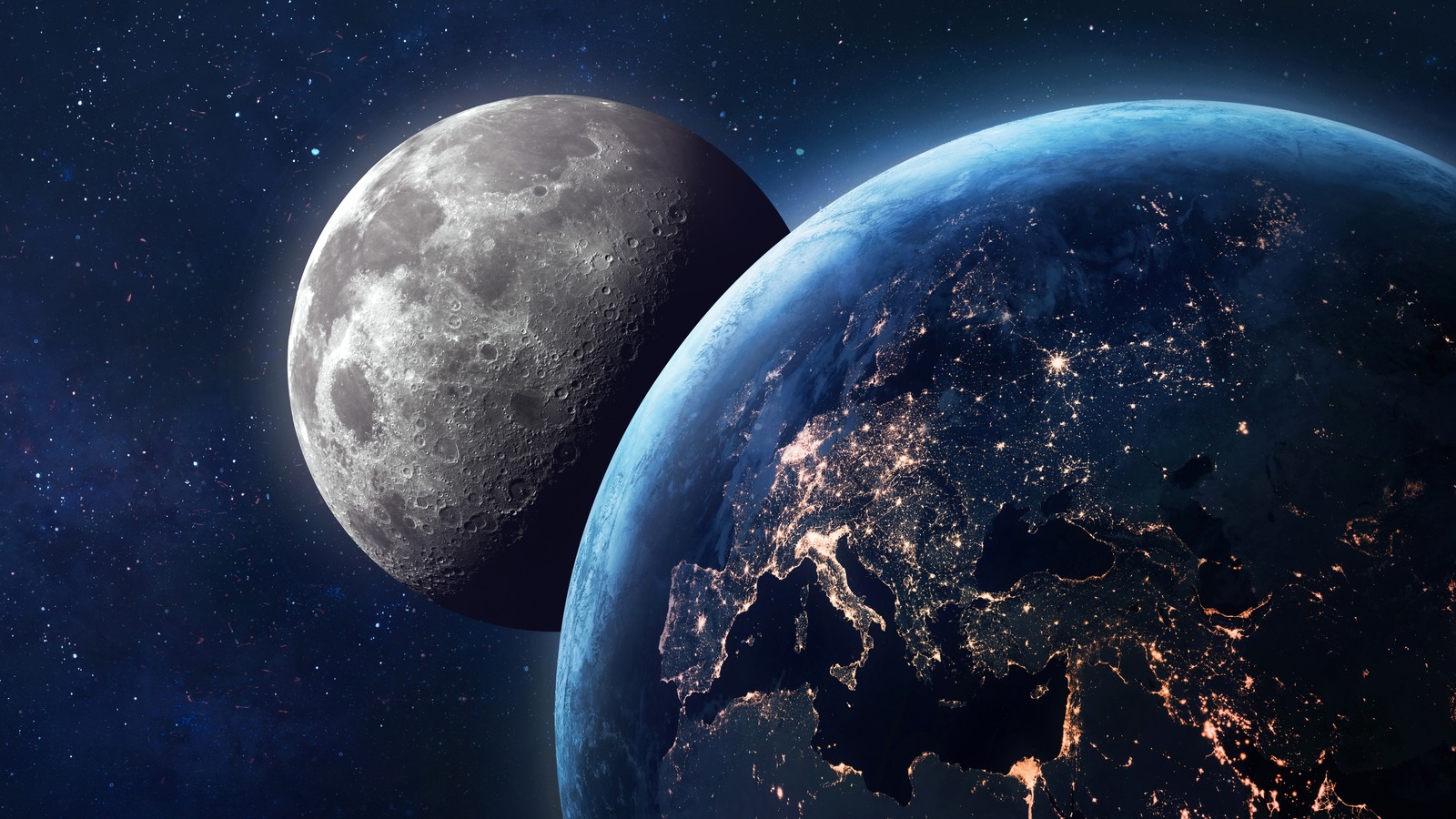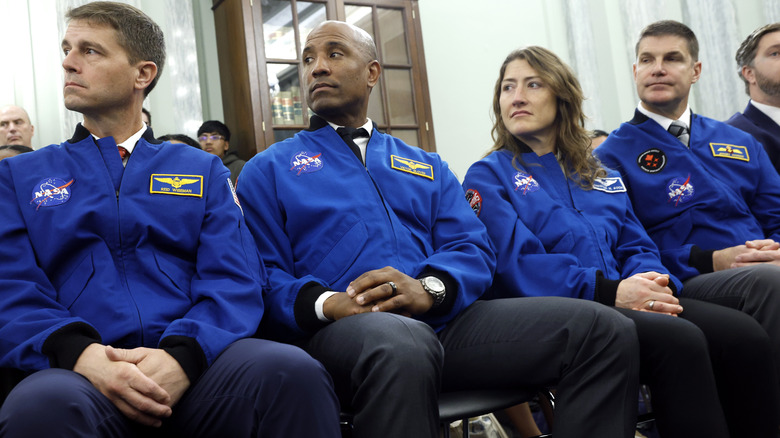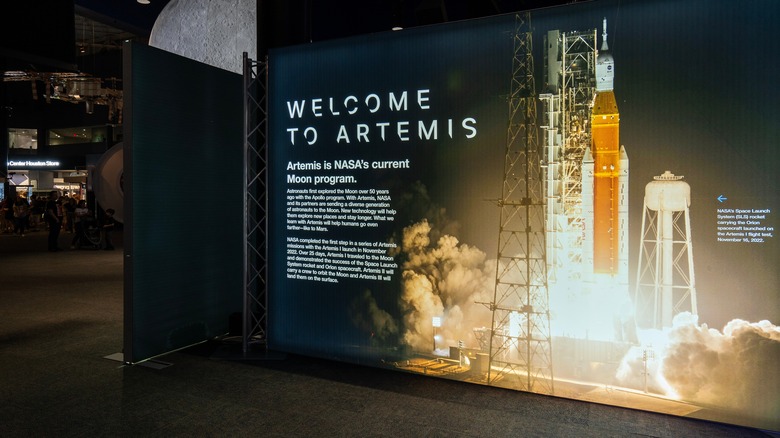The human desire to explore the moon continues to shape our history, and soon, it will take a giant leap forward with NASA’s Artemis II mission, which is scheduled to launch in April 2026. Looking back, in 1957, the robotic probe Sputnik I showed us that we could potentially reach the moon. In short order, humanity set its first foot on the moon with the Apollo 11 mission in 1969. The journey of moon exploration has had its stumbles, like the dangerous Apollo 13 mission that was turned into a movie starring Tom Hanks. Still, the desire to understand — and, perhaps, to one day live on — the moon has fascinated the globe.
Recently, however, human presence on the moon has taken a setback. The last crewed mission to the moon was Apollo 17 in 1972. The astronauts spent three days exploring and collecting samples. Since then, no human has gone to the moon; only robots have been there. Now, that is about to change.
50 years after Apollo 17, NASA is ready to bring astronauts back to the moon through its Artemis program, fittingly named after the Greek goddess of the moon and the hunt. They’ve already had huge successes, with Artemis I — an uncrewed test flight you can re-experience — successfully launching in November 2022. Now, the next mission, Artemis II, is ready to take things a step further.
The details of the Artemis II mission
Despite multiple launch pushbacks that almost made it seem like humanity’s return to the moon was doomed, Artemis II is finally set to depart Earth by April of 2026. It will bring four astronauts to the moon for a 10-day mission. The goal is to do a lunar flyby to test the Orion spacecraft and make sure it is functioning optimally and potentially address any issues that might come up. This work is critical to build on the foundation for future Artemis missions, ensuring future safety and success.
The mission commander will be Reid Wiseman. Wiseman is a Navy veteran who has been a NASA astronaut since 2009 and has spent time aboard the International Space Station (ISS). The pilot will be Victor Glover. He has been an astronaut since 2013 and spent 168 days in space aboard the ISS. One of the mission specialists is Christina Koch, who has been an astronaut since 2013. She has an honorary PhD and is a record-setter for the longest time in space by a woman at 328 days. The other mission specialist is Jeremy Hansen, who has a background as a fighter pilot. He is the only Canadian on this mission and is the first-ever Canadian that NASA has had train astronaut candidates (and the first Canadian to head to the moon.
These four astronauts will be studied in this mission, with blood samples taken before they leave and after they come back. The purpose is to see if there are any changes to their biology, and to determine how the alterations of gravity and radiation might impact future Artemis astronauts.
Future Artemis missions
If all goes well with Artemis II, NASA then plans to push forward to Artemis III. Right now the goal is a mid-2027 launch. It will be another crew of four, but this time, the mission will last about a month and the crew will land on the moon. They will be going to the South Pole region of the moon and stay there for about a week.
If that goes well, NASA plans to move on to Artemis IV. In this mission, astronauts will live in the first-ever lunar space station named Gateway. The goal is for Gateway to be a permanent base with docking ports for spaceships to come to and fro. This will obviously be an extremely complex setup orchestrated across multiple uncrewed launches and commercial partnerships.
Overall, NASA is referring to this goal of having people with a permanent workstation on the moon as “Artemis Generation Science.” The Artemis logo has even been designed with that goal in mind. It features the letter A not only for the name of the mission, but dually representing the goddess’ arrowhead and an arrow pointed toward the symbol of the moon. What’s more, everyone on Earth doesn’t need to feel far from the action; you can help track the Artemis II mission as it makes history and lays the path for the future success of the Artemis Generation.











